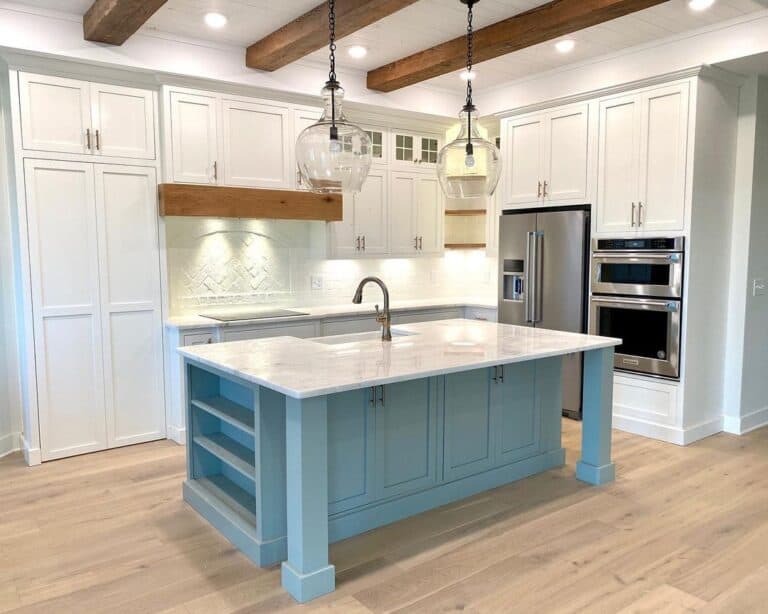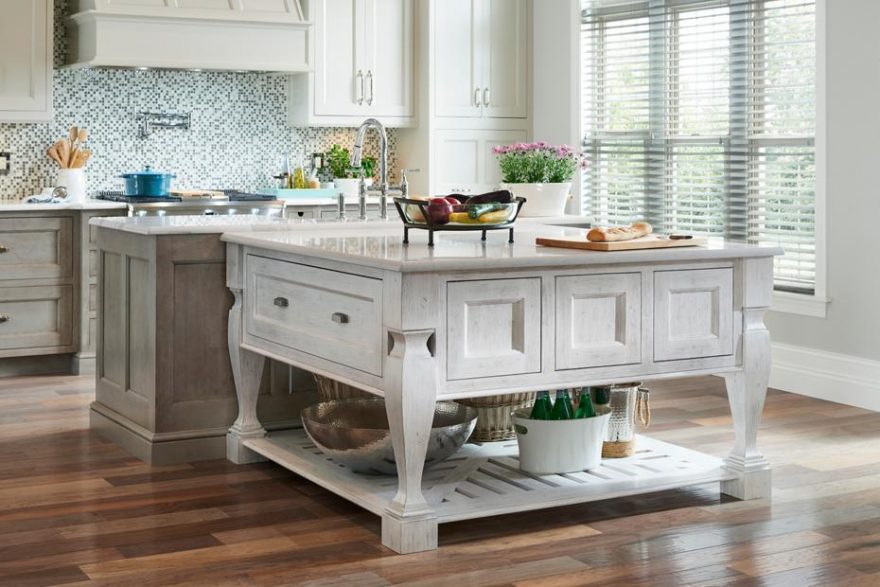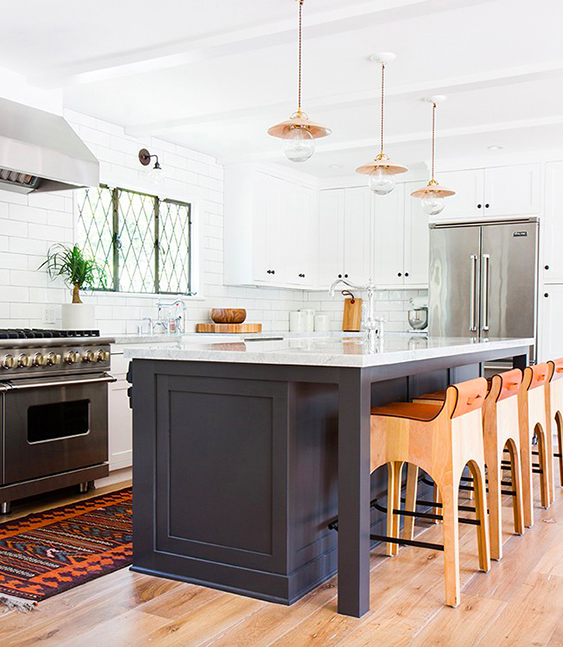Make Your Kitchen Island Attract Attention with Customized Legs For Kitchen Island
Make Your Kitchen Island Attract Attention with Customized Legs For Kitchen Island
Blog Article
Vital Factors to Think About When Choosing Legs For Kitchen Area Island
Choosing the appropriate legs for a kitchen island entails a mindful evaluation of multiple factors that can significantly affect both performance and aesthetic allure. Amongst these, the option of product plays a crucial function in guaranteeing sturdiness, while the design has to match the existing design. Considerations such as height and weight assistance are important for security and comfort. As we discover these aspects, it becomes clear that each choice can have far-reaching effects for the general kitchen experience. What subtleties should be considered in each of these groups to achieve the excellent balance?
Material Options
When picking legs for a kitchen island, comprehending the different material choices is important for accomplishing both visual appeal and structural stability (Legs For Kitchen Island). The selection of material substantially affects not just the resilience of the island however additionally its overall design and performance
Steel legs, usually made from stainless steel or functioned iron, add a commercial and contemporary feel while guaranteeing sturdiness and stability. These materials are resistant to put on and can sustain considerable weight, making them ideal for larger islands.
An additional alternative is crafted materials, like MDF or plywood, which can be much more affordable while still offering a range of coatings. They may not offer the same degree of stability as solid timber or metal. Legs For Kitchen Island. Lastly, products such as acrylic or glass can produce a contemporary appearance, though they might need additional assistance to guarantee stability.
Ultimately, the option of material for cooking area island legs must align with the wanted performance and the overall style of the kitchen.
Design And Style

When considering design, the form and coating of the legs are crucial. Tapered legs can supply a sense of lightness and style, while thicker, much more robust legs can convey toughness and security. In addition, the coating-- be it painted, stained, or natural-- should enhance the cabinetry and kitchen counter materials to create a unified look.
Furthermore, the design of the legs can also show individual preference. Custom-made or decorative legs, such as those including intricate makings or special geometric shapes, can act as focal points, including character and personality to the kitchen area. Ultimately, the best option will not only improve performance yet likewise raise the aesthetic appeal, making the kitchen island a standout function of the home.
Elevation Factors To Consider
Selecting the proper elevation for kitchen area island legs is critical, as it straight affects both performance and convenience. The conventional height for a cooking area island commonly ranges from 36 to 42 inches, lining up with usual counter top heights.

It is additionally essential to make up customers' elevations and choices. Personalizing the height can make certain a comfortable experience for all relative, making the cooking area island an extra pleasurable and functional area.
Weight Support
Making certain appropriate weight support for cooking area island legs is crucial for both safety and functionality. The kitchen area island typically serves several functions, including food prep work, eating, and additional storage, necessitating a durable assistance framework. When selecting legs, it is critical to consider the overall weight ability required based upon the island's intended use and the materials that will certainly be put on it.
The selection of material for the legs plays a considerable function in their weight-bearing capabilities. Solid wood, metal, and heavy-duty compounds normally give premium strength compared to lighter products. In addition, the layout of the legs-- whether they are straight, tapered, or have a pedestal kind-- can affect their ability to distribute weight efficiently across the structure.
Additionally, the leg positioning must be tactically intended to improve security. Legs positioned at the corners or with a bigger base can much better sustain larger tons. Always get in touch with the producer's specs relating to tons limits to ensure that the legs can sustain the desired weight without endangering safety and security. In recap, choosing kitchen area island legs with adequate weight assistance is essential for producing a practical and safe culinary space.
Setup and Maintenance
Correct installment and maintenance of cooking area island legs are important for making certain long life and stability. This often entails protecting the legs to the island base using suitable fasteners, ensuring that the legs are level and straightened.
When installed, routine upkeep is necessary to maintain the stability and appearance of the legs - Legs For Kitchen Island. For wood legs, periodic cleansing with a damp towel and application of suitable timber gloss can stop moisture damage and maintain their surface. Steel legs may call for a mild cleansing solution to eliminate oil and gunk, complied with by a dry cloth he has a good point to prevent rust formation
In addition, inspect the legs on a regular basis for indicators of wear or damages, such as fractures or loosened joints. Tightening up screws or screws as required can additionally lengthen the lifespan of the legs. By sticking to these installment and upkeep methods, house owners can make certain that their kitchen area island continues to be tough and visually appealing for years to come.
Conclusion

Aesthetic coherence is vital in selecting the design and style of legs for a cooking area island, as these components considerably affect the general atmosphere of the space. Conical legs can offer a sense of agility and sophistication, while thicker, much more robust legs can convey stamina and stability.Selecting the suitable height for kitchen island legs is vital, as it directly affects both capability and comfort. In summary, choosing cooking area island legs with adequate weight assistance is essential for creating a secure and functional cooking area.
In final thought, picking legs for a kitchen island requires mindful consideration of various published here elements, consisting of product choices, style, elevation, weight support, and installation.
Report this page